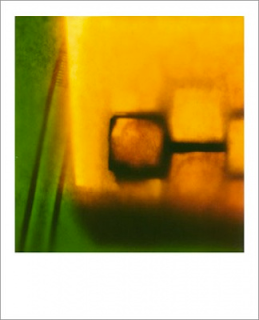Abstraction Blog Post -- Assignment 3
Painted Window -- Anastassias 'Tassos' Pasalis
http://www.tassospasalis.com/site/bw1.html
http://www.tassospasalis.com/site/bw1.html
The main reason I like this photo is because of the strong lights and darks in it. The strongest darks are off center in the lower left hand corner of the photo, almost bursting into everything else. All of the darkest areas also have an outline of strong white. This adds even more to this very contrasted photograph.
Series 1 -- Xavier Damon
http://xavierdamon.com
http://xavierdamon.com
This is from a series of photos taken by Xavier Damon. This photo really caught my eye when going through his whole series. The subtle fade of the saturated yellow into saturated green makes the transition a lot less dramatic and is easy on the eye. The strong contrast of light to dark also adds to this photo, your eye is immediately drawn to the dark square just below center. If this were not in color I don't think it would be as good of a composition, if it were in B&W it wouldn't keep the intensity the color achieves.
Jan Staller -- Steel Girders New York 2001
http://www.janstaller.net/photo/earlier-images/
This photo just says "pop" to me. The red girders couldn't be emphasized more in this photo. Repetition of lines is a strong factor in this. What I like the most about this composition would have to be all of the shapes and angles created by the girders. Each shape is unique within the confines of the edges of this picture. The subtle smears of red on the walls; possibly chalk or worn down paint brings your eye to the background and adds to the overall mood.








